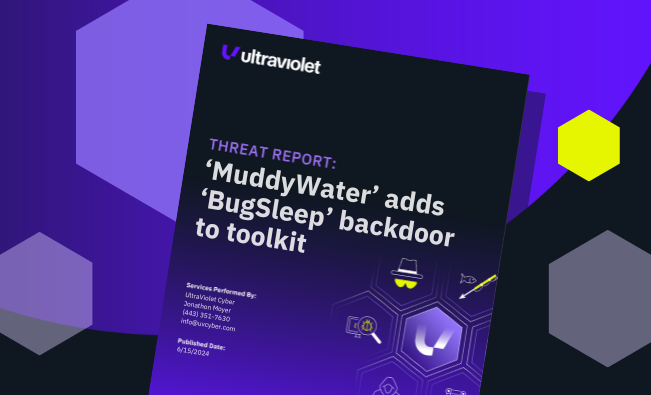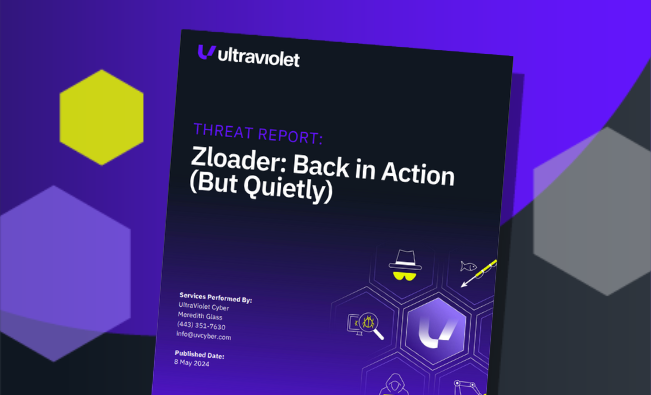
‘MuddyWater’ adds ‘BugSleep’ backdoor to toolkit
MuddyWater, the Iranian cyber espionage group associated with Iran’s Ministry of Intelligence (MOIS) has leaked part of their new backdoor tool, dubbed ‘BugSleep’. This advanced persistent group (APT) is known for...



